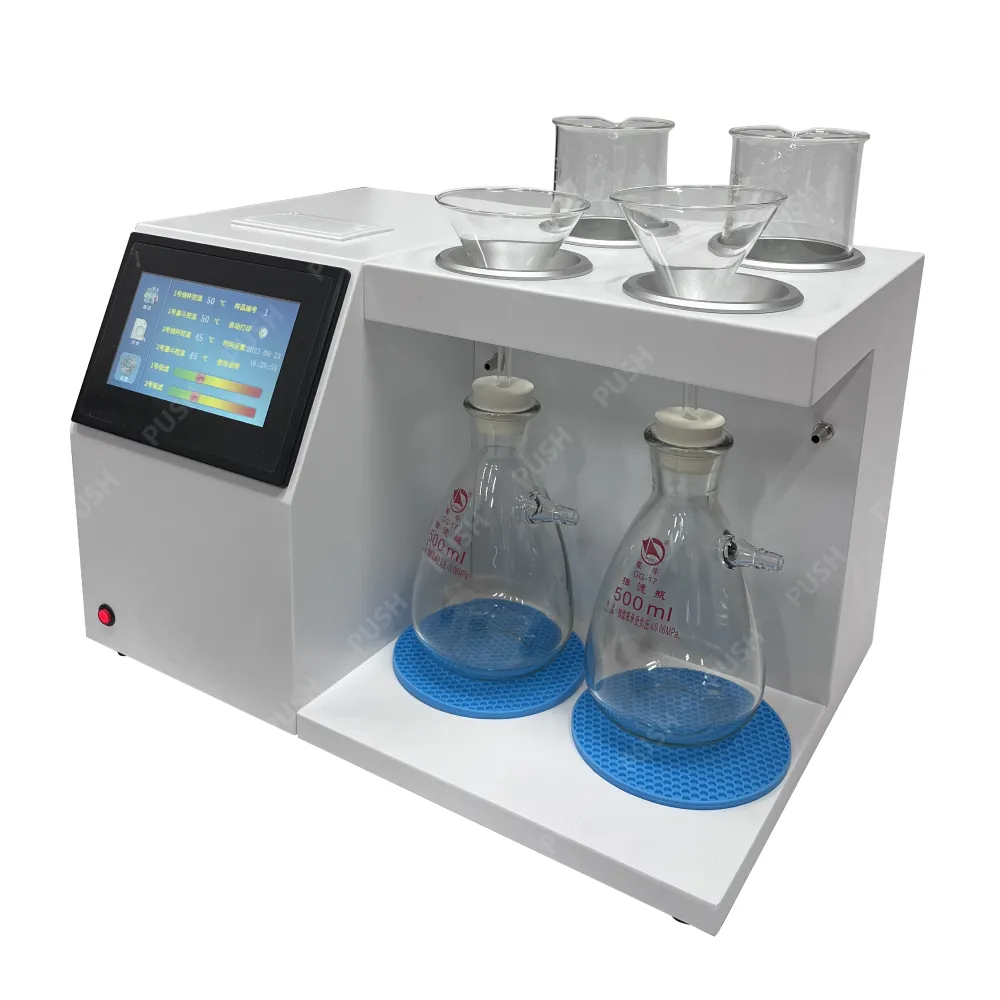 English
English


oil type transformer testing
Testing Oil-Insulated Transformers Importance and Methods
Oil-insulated transformers play a crucial role in electrical systems worldwide. They are designed to step up or step down voltages, ensuring efficient power distribution in various applications. One of the critical aspects of maintaining the reliability and efficiency of these transformers is conducting regular oil testing. This article explores the importance of oil testing for transformers, the methods involved, and the parameters to consider.
Importance of Oil Testing
The insulating oil used in transformers serves multiple purposes it provides electrical insulation, dissipates heat, and protects internal components from oxidation and moisture. Over time, the quality of this oil can deteriorate due to factors such as temperature fluctuations, electrical stresses, and contamination from external sources. Consequently, regular testing of the oil becomes essential to ensure the transformer operates effectively and to extend its service life.
One significant reason for conducting oil tests is to detect potential issues before they lead to catastrophic failures. Contaminants like water, particles, and gases can compromise the insulating properties of the oil, increasing the risk of electrical faults. By analyzing the oil, maintenance teams can identify problems early and schedule necessary repairs or replacements, reducing the likelihood of unexpected outages and expensive downtime.
Methods of Testing
There are several methods employed in oil testing, each serving different diagnostic purposes. The primary techniques include
oil type transformer testing

1. Dissolved Gas Analysis (DGA) This test examines the gases dissolved in the oil, which can indicate various types of faults within the transformer. Gases such as hydrogen, methane, and ethylene can be produced by overheating, arcing, or insulation breakdown. By analyzing the concentration of these gases, technicians can assess the health of the transformer and implement preventive measures.
2. Furan Analysis This technique evaluates the presence of furan compounds, which are byproducts of cellulose insulation degradation within the transformer. The level of furans in the oil correlates with the condition of the insulation, helping predict potential failure points.
3. Water Content Testing Water is a significant contaminant that can severely affect the insulating properties of the oil. By measuring the moisture content in the oil, maintenance teams can determine if any action is needed to mitigate water ingress, thereby protecting the transformer from damage.
4. Dielectric Strength Testing This test assesses the ability of the insulating oil to withstand electrical stress without breaking down. A low dielectric strength indicates contamination or deterioration of the oil, signaling the need for replacement.
5. Acidity and Dissolved Impurities Testing The acidity level of the oil can indicate oxidation, while testing for dissolved impurities helps assess overall oil quality. Increasing acidity levels can lead to corrosion of transformer components.
In conclusion, oil testing is an integral part of transformer maintenance, ensuring the continued reliability and efficiency of power distribution systems. Through methods like DGA, furan analysis, and dielectric strength testing, potential issues can be detected early, safeguarding against transformer failures. Regular testing not only protects critical infrastructure but also enhances equipment lifespan, ultimately contributing to a more robust energy supply chain.
-
Differences between open cup flash point tester and closed cup flash point testerNewsOct.31,2024
-
The Reliable Load Tap ChangerNewsOct.23,2024
-
The Essential Guide to Hipot TestersNewsOct.23,2024
-
The Digital Insulation TesterNewsOct.23,2024
-
The Best Earth Loop Impedance Tester for SaleNewsOct.23,2024
-
Tan Delta Tester--The Essential Tool for Electrical Insulation TestingNewsOct.23,2024





